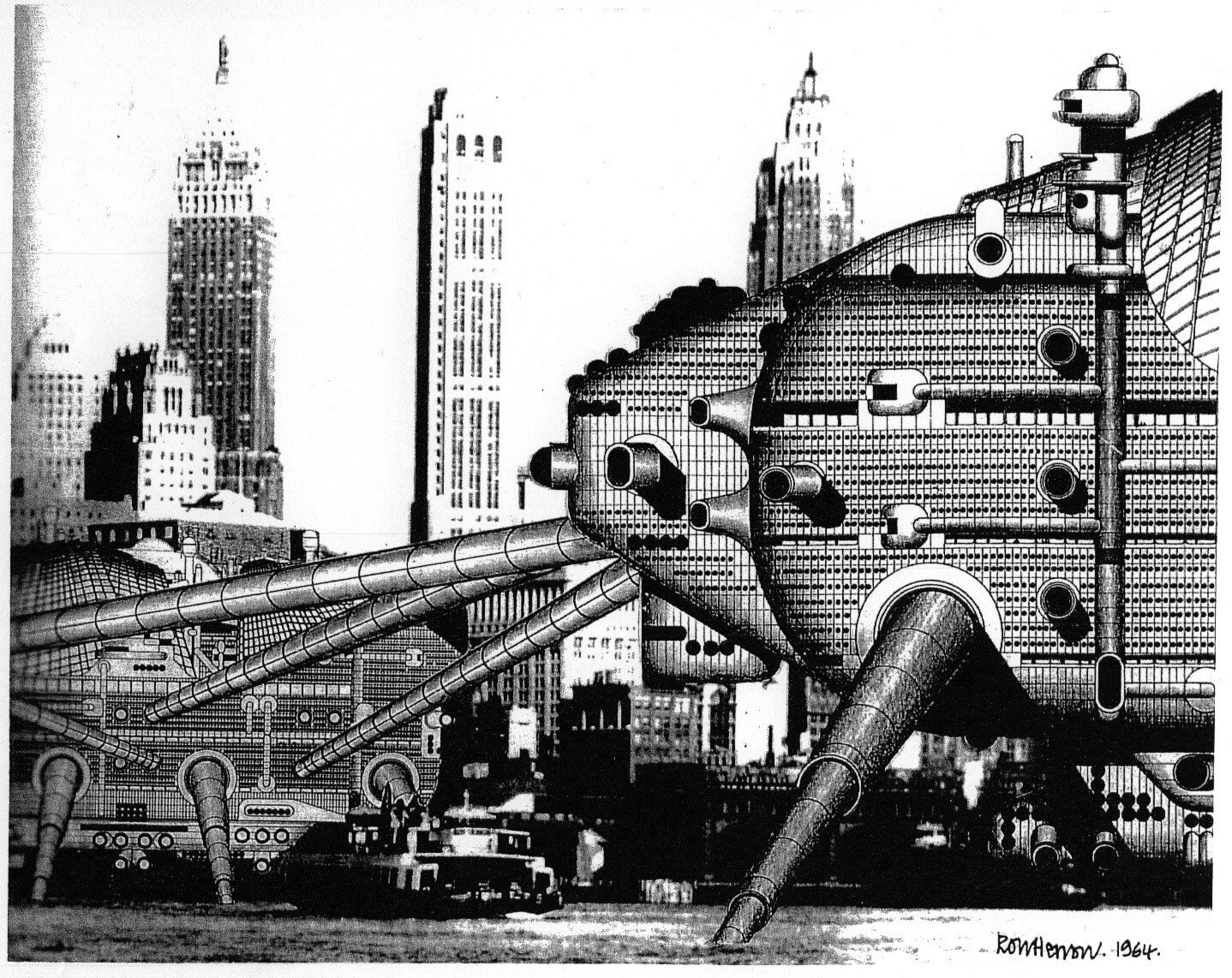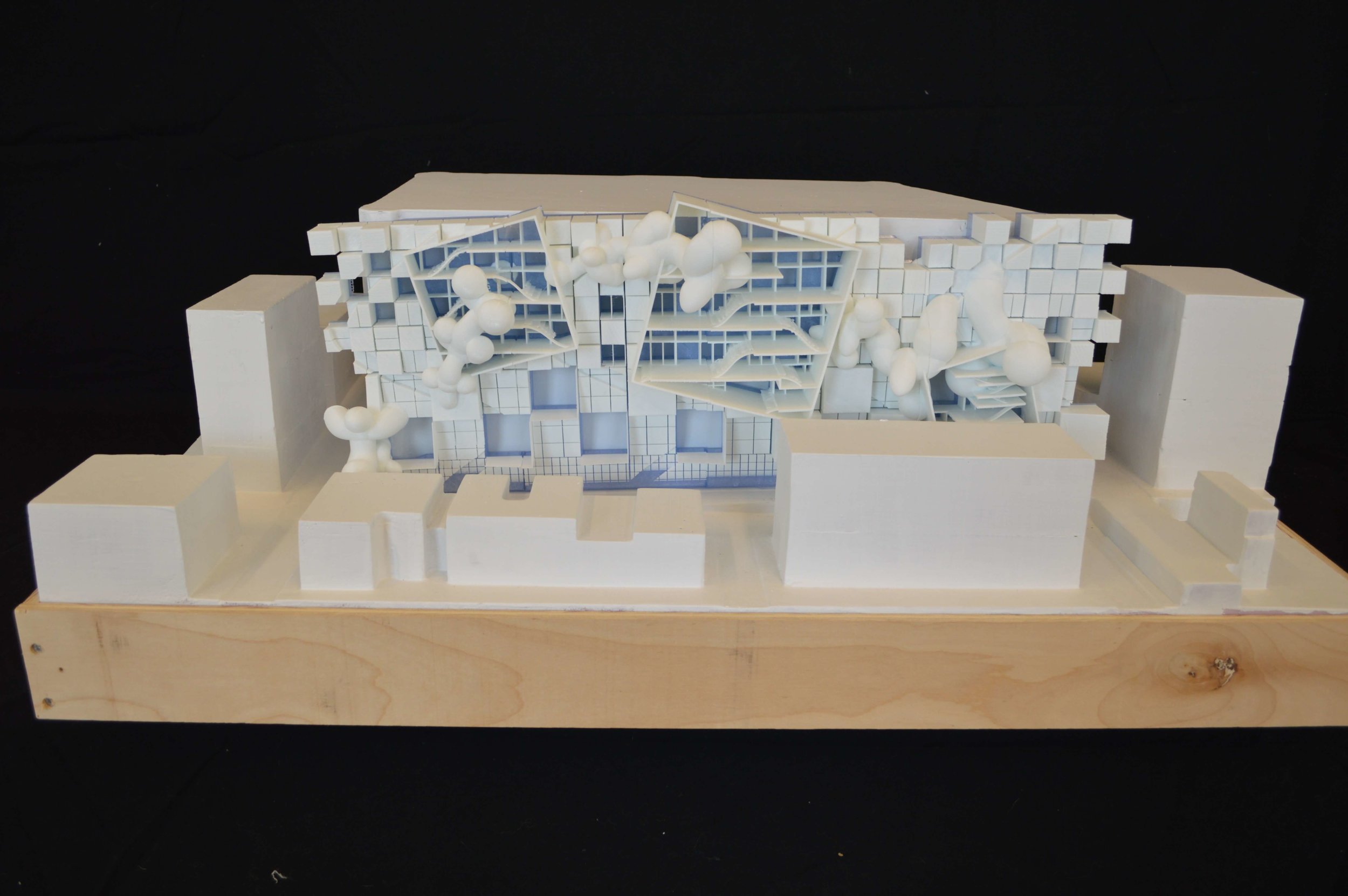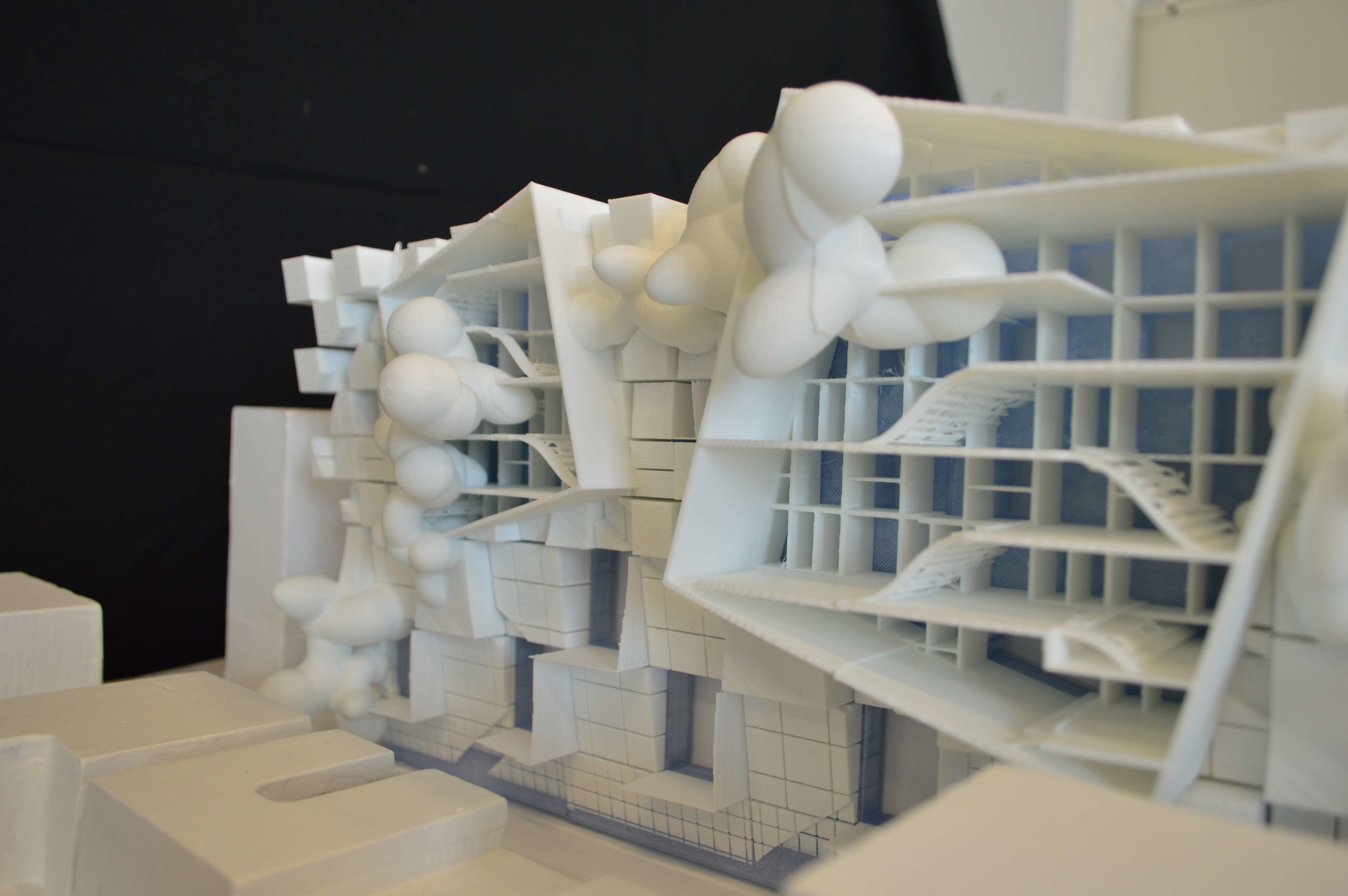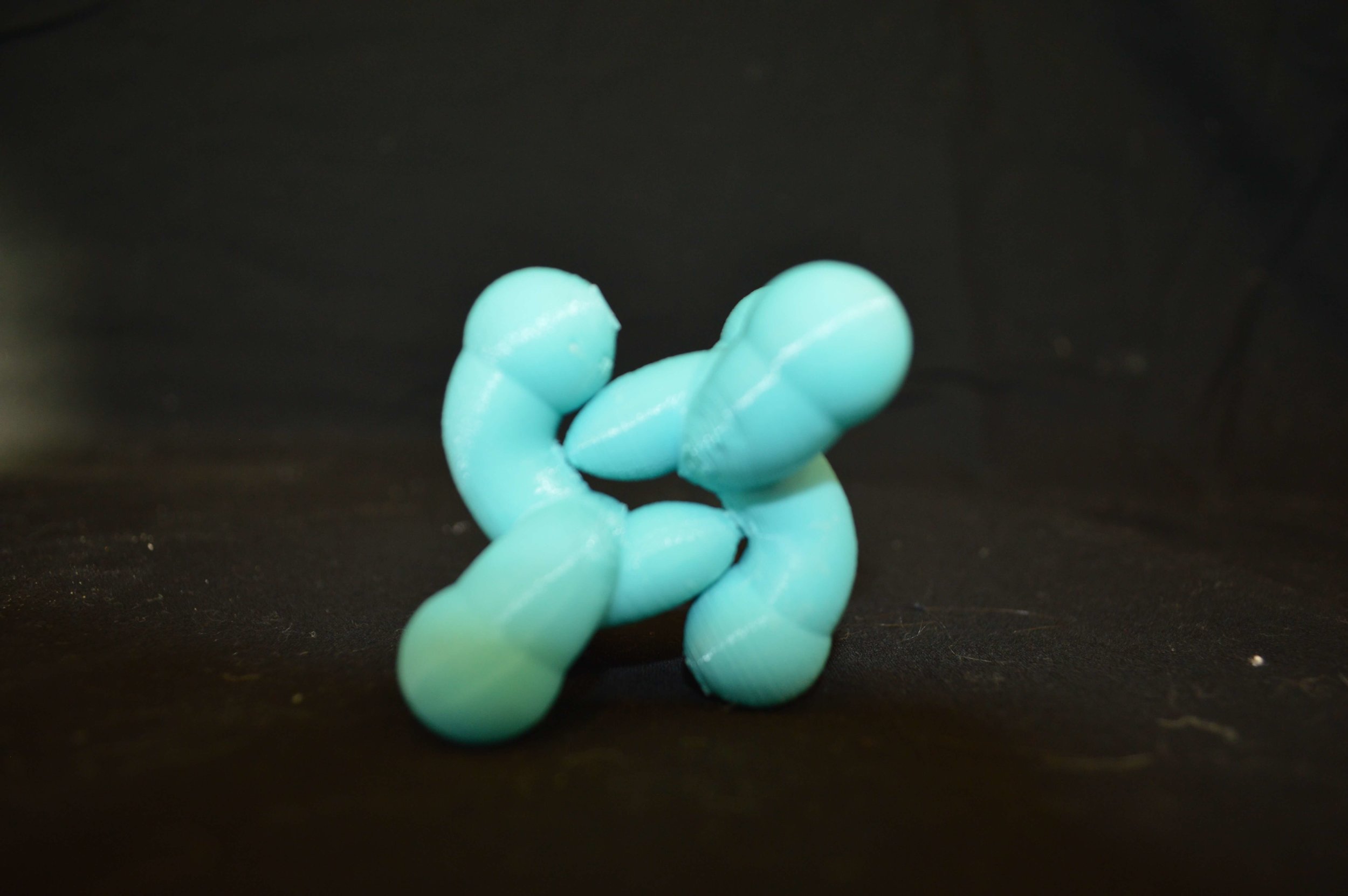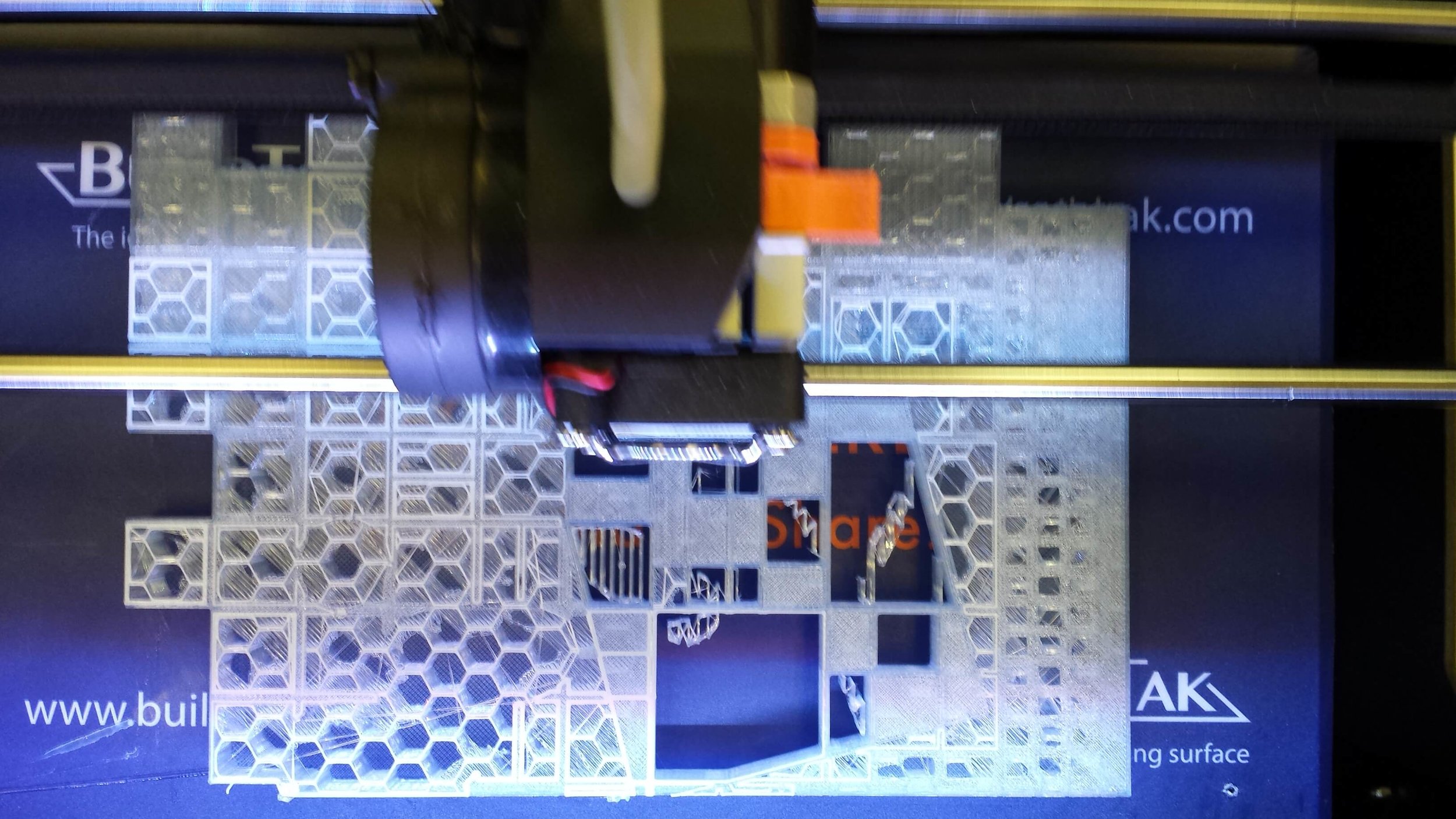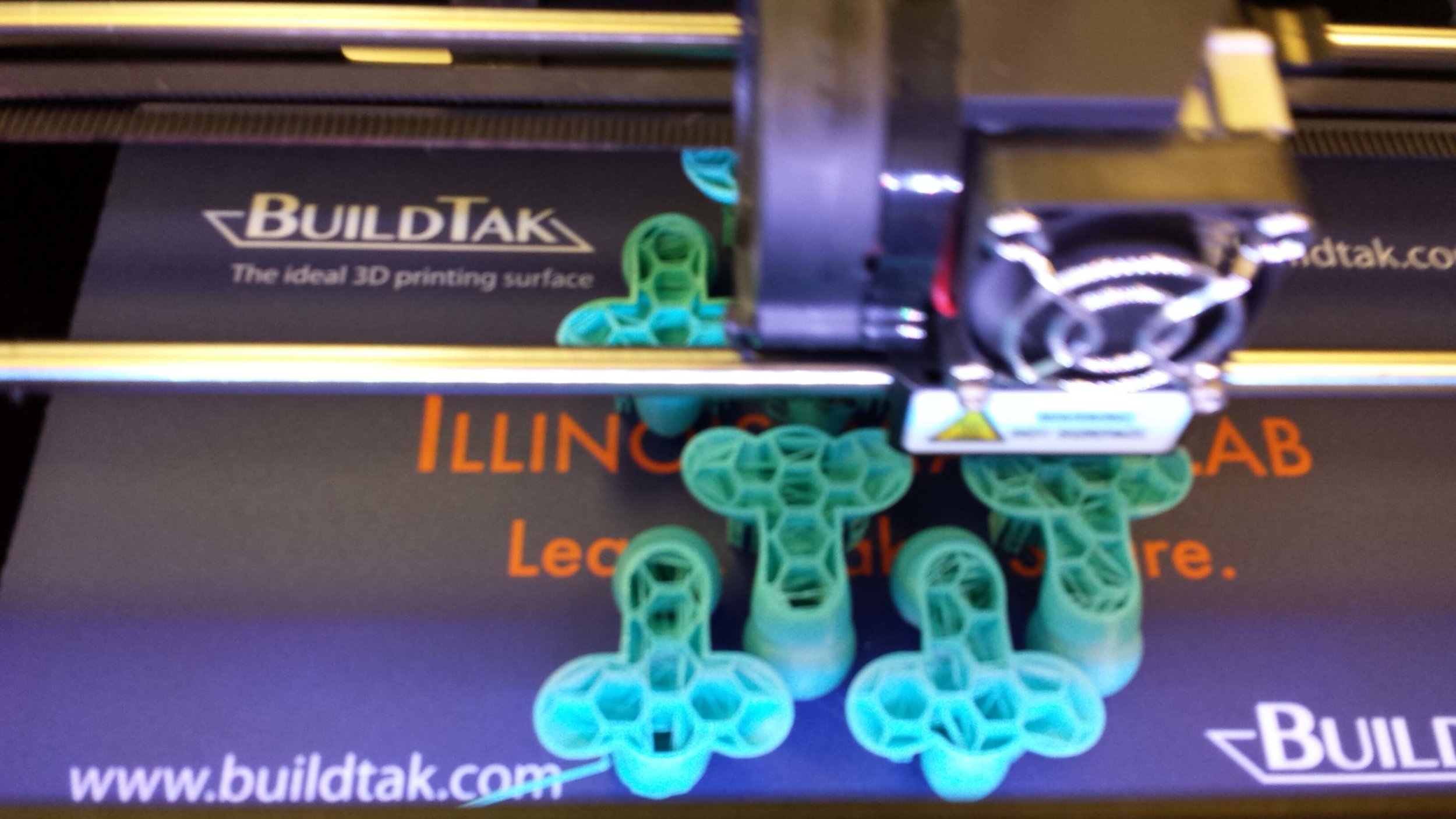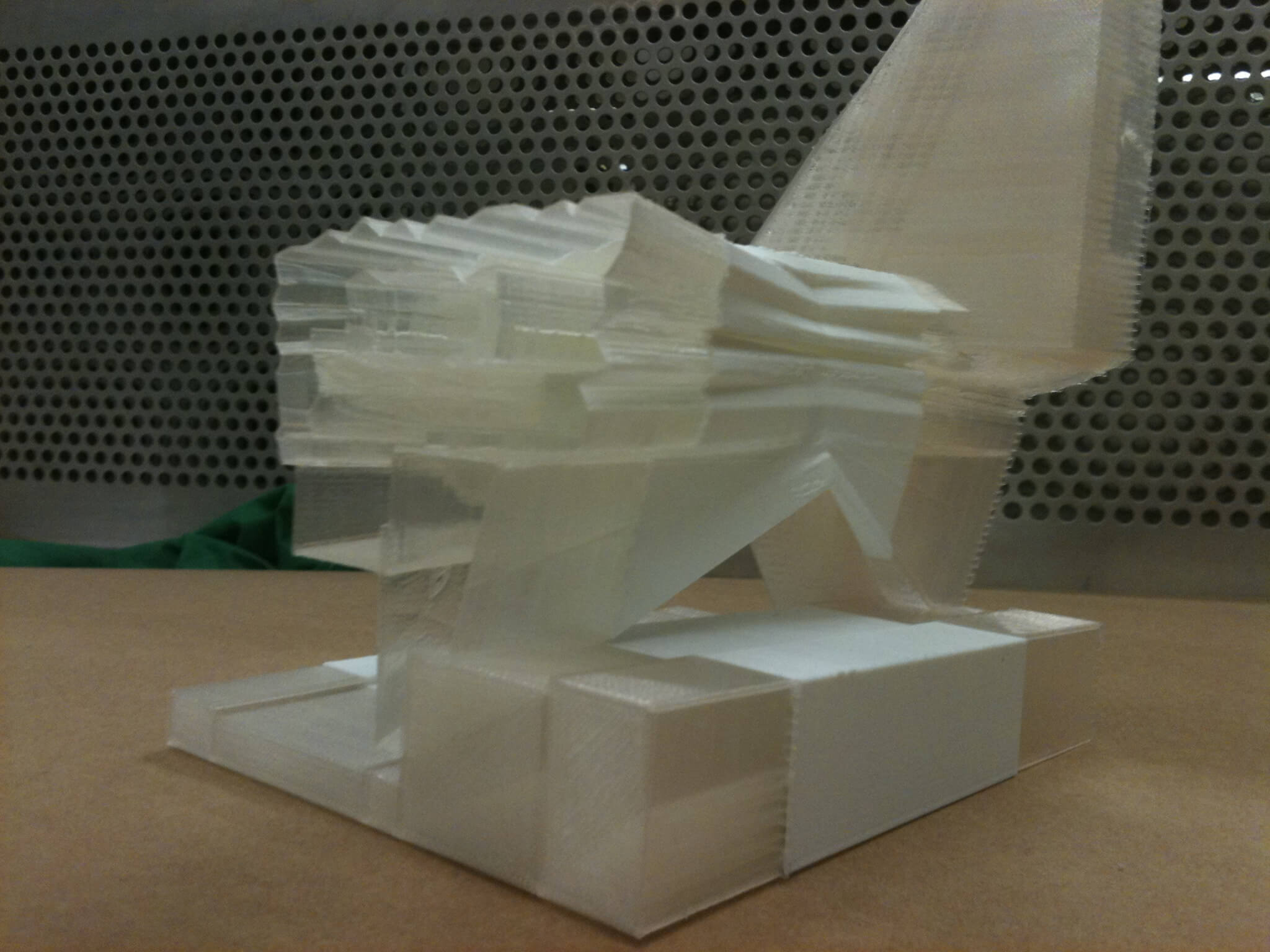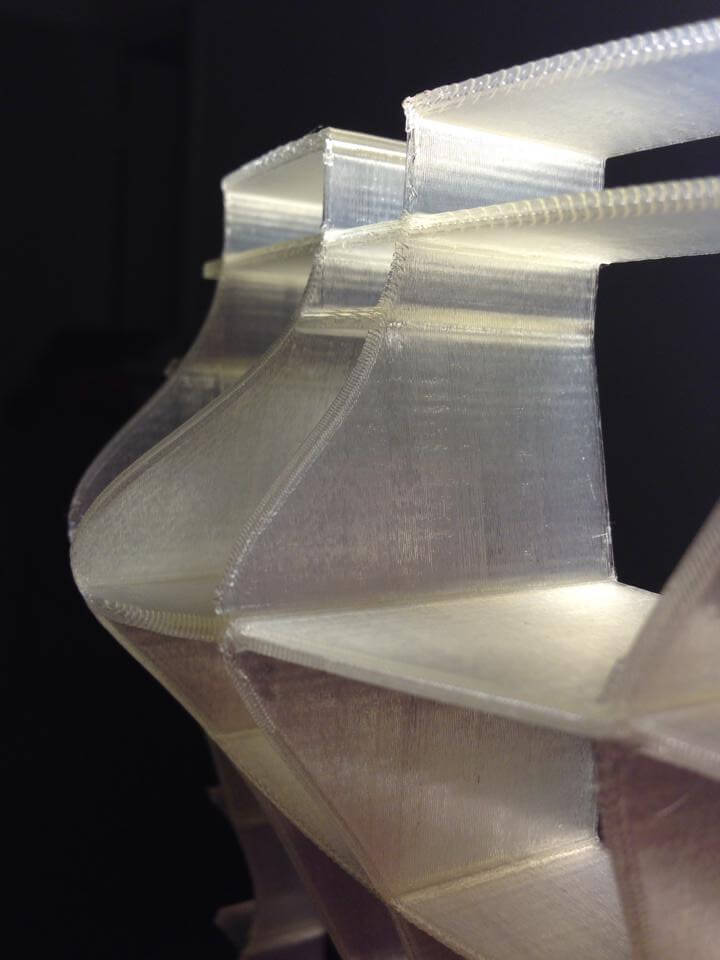Will 3D printing Revolutionize Architecture?
/Guest Post by : Therese F Tierney, PhD @tierneytooDirector, URL: Urban Research Lab School of Architecture, University of Illinois at Urbana-Champaign
For other students, the construction of physical models would have been difficult, if not impossible to build, such as Vincent Velasco’s futuristic scheme generated from a sound wave. The alteration between various expressive media – parametric software (Rhino and Grasshopper), 3D printing, followed by in-class critique, further revision, and additional prototype production, ultimately led to better resolved and crafted schemes. As a test bed for experimentation, the MakerLab enabled students to gain skills in rapid prototyping within the design process, and not only as final documentation, as is most usually the case.
[1] Stan Allen, “The Future that is Now” Places 3/12/12. http://places.designobserver.com/feature/architecture-school-the-future-that-is-now/32728/
[2] Beatrix Colomina, “Radical Pedagogies in Architectural Education,” The Architectural Review, 9/28/2012. http://www.architectural-review.com/essays/radical-pedagogies-in-architectural-education/8636066.article
[3] Digital fabrication has significant implications for global architectural projects. Buildings can be designed in one place and the digital files sent elsewhere to be fabricated on site – a method used to meet shortened construction schedules by Foster + Partners with the Beijing Airport for the 2008 Olympics.

